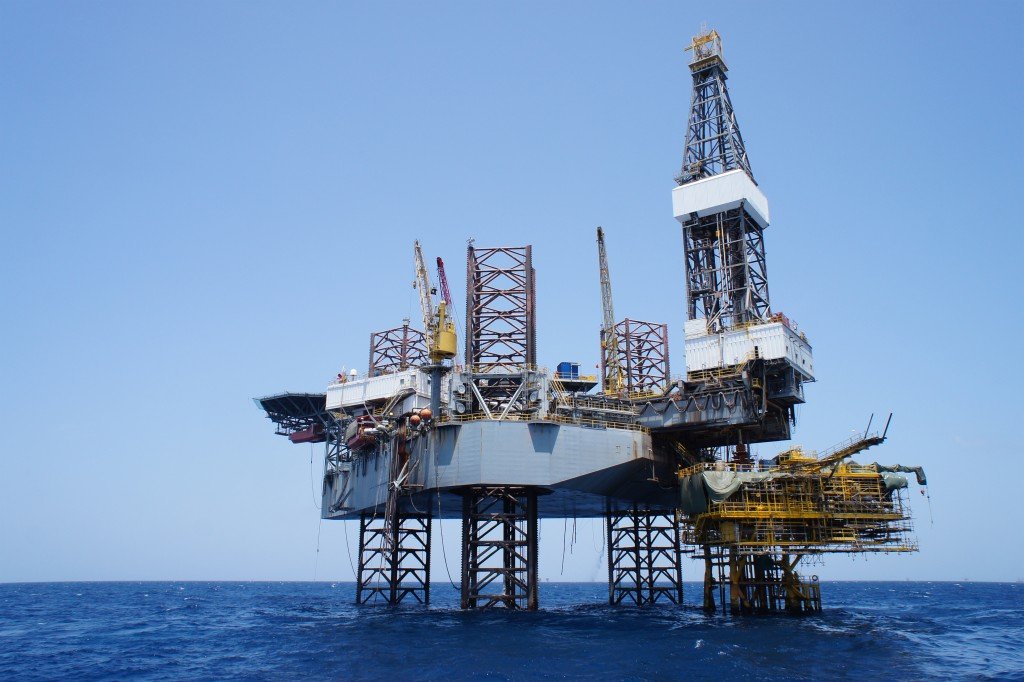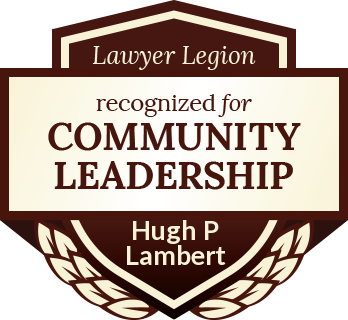
According to the Centers for Disease Control and Prevention, a total of 128 fatalities in activities related to offshore oil and gas operations occurred in the United States during the period of 2003-2010 (an average of 16 per year), and the U.S. oil and gas extraction industry (onshore and offshore, combined) had a collective fatality rate seven times higher than for all U.S. workers.
When working offshore on Mobile Offshore Drilling (MOD) units, Drill Ships, Semi-Submersible drilling units, Jack-Up Rigs, and other types of production platforms, workers are faced with factors that increase their exposure to serious injury.
The following are examples of unique offshore safety hazards:
- Confined Work Quarters
- Slippery Surfaces/Falling
- Extreme Weather
- Hazardous Chemicals and Gases
- Deep Water
- Blowouts
- Fires
- Piping Pinch Points
- Pressure Failure
- Electric Shock
- High Noise Level
Offshore Safety Hazards: Being Prepared
Working offshore presents a set of safety hazards that clearly differ from the standards of the normal land-based workplace. This difference becomes obvious when arriving on the offshore facility for the first time.
A mandatory safety orientation is given to all personnel before being allowed beyond the sign-in location, regardless of whether it is a one-time, brief visit, or an extended stay. The facility’s regular working crew members are trained ahead of time, onshore, as a qualification for the offshore position, and receive a safety card indicating that the training was completed successfully. Crew members must renew their training periodically.
Because of the nature of the offshore safety hazards and the potential for serious injury, proper training for all crew members is important. Crew members are often required to attend training sessions and participate in safety drills to prepare for offshore safety hazards.
Two common factors of the offshore work site are height above sea level and the presence of oil and gas. Crew members’ living quarters and work areas are significantly above sea level, and they are regularly dealing with hydrocarbons production involving hazardous materials that pose fire, explosion, and toxic gas dangers. These hazards require basic training that includes recognition of the hazard called “alarm training” and escape training if necessary. The crux of the training is to recognize an imminent danger that requires immediate action and to master the ability to expeditiously get off of and away from the offshore facility.
What Can Workers Do to Protect Themselves?
When working offshore, there are many hazards that are outside of your control, but there are also ways you can help protect yourself. Here are a few tips:
- Wear the proper protective gear at all times. Wearing your hard hat, gloves, eye protection, respiratory masks, steel toe boots — these are all protective items that can keep you safe from injury or death when an incident occurs.
- Inspect your equipment. Before using any tools or equipment, inspect them to ensure they are in proper working order. Broken tools and improperly calibrated equipment can quickly lead to accidents.
- Don’t do things you aren’t trained for. If you’re asked to do a job or use equipment you’re not properly trained on, speak up. Having the proper training, knowledge and experience can mean the difference between safely doing a job and putting yourself and others at serious risk.
- Report hazards and unsafe practices. If you see others doing things against safety protocols or see situations that could present a hazard, inform your supervisor. Identifying and fixing safety issues can help keep you and those around you safe.
Frequently Asked Questions About Offshore Injuries
Do I qualify as a ‘Seaman’ under the Jones Act?
The term “seaman” is actually a legal classification and not an occupational description. To qualify as a seaman under the Jones Act, an employee must meet several qualifications, such as being employed on a vessel “in navigation” and contributing to the vessel’s function or mission.
Many workers qualify for seaman status but don’t realize it. It’s important to discuss your situation with an offshore lawyer who is experienced in Jones Act cases.
What are my rights if I have been injured offshore?
Offshore workers often have more rights than they realize when injured at work. These rights include:
– You have the right to see any doctor of your choosing.
– You have the right to reimbursement for medical bills related to your injury or illness.
– You have the right to certain monetary benefits, such as maintenance for seamen (usually about $40 per day).
– You have the right to the medical and monetary benefits listed above until you reach maximum medical improvement.
– You have the right to get help protecting your rights from an experienced offshore injury lawyer, like those at Lambert Zainey Smith & Soso.
What kind of damages can I recover after an offshore injury?
If you’ve been injured offshore, you may be able to recover several types of damages, including:
– Medical expenses
– Lost wages
– Loss of earning capacity
– Pain and suffering
It’s important to note that the type and amount of damages you can recover will depend on the facts of your case. An experienced offshore injury lawyer can help you understand what types of damages you may be able to recover and how to maximize your compensation.
Injured by an Offshore Safety Hazard?
If you are injured while offshore, it is important to retain legal advice from an experienced maritime attorney. Lambert Zainey’s maritime attorneys have more than 40 years of experience handling offshore injury cases all over the Gulf Coast. If you have been injured while offshore, let us help you get the attention and compensation you need and deserve.
If you have any questions or you would like to speak with an attorney about injuries that you or a loved one have suffered, please contact us today.






